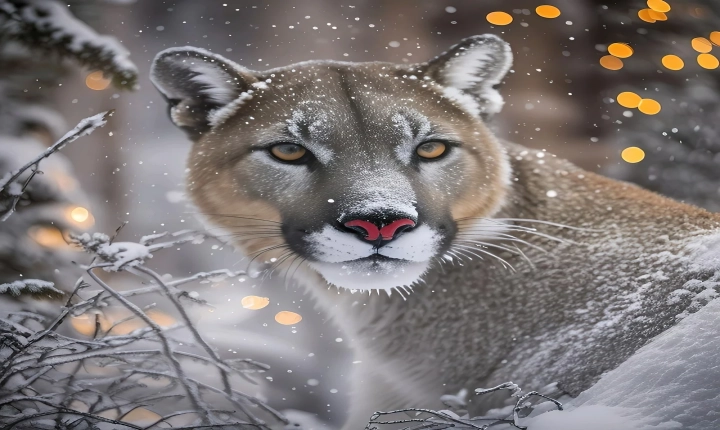Creating AI-generated art has become an increasingly popular and intriguing endeavor in the art world. With technological advancements and the rise of machine learning, artists have been exploring the potential of AI as a tool for generating unique and captivating works of art. In this article, we will delve into the process of making AI-created art and explore the exciting possibilities it presents.
The first step in creating AI-generated art is to choose the right software or platform. There are various AI art generators available, each with its own set of features and capabilities. Some popular options include DeepArt, Artbreeder, and RunwayML. These platforms utilize deep learning algorithms to analyze and interpret input data, such as images, to generate new and original art pieces.
Once you have selected the AI art generation tool, the next step is to input the necessary data. This could involve providing the software with images, patterns, or sketches as a starting point for the AI to work with. The AI will then analyze and process this input to create new art based on the style and characteristics it has learned from the provided data.
After inputting the necessary data, you can start experimenting with the various settings and parameters offered by the AI art generation tool. These settings may include adjusting the style, color scheme, level of abstraction, and other artistic elements. By tweaking these settings, you can influence the direction and aesthetic of the AI-generated artwork to better align with your creative vision.
As the AI starts generating art, it’s essential to review and refine the results. This involves carefully analyzing the generated pieces and providing feedback to the AI system. By iteratively refining the generated art through this feedback loop, you can guide the AI towards creating art that better aligns with your artistic goals and preferences.
Another important aspect of creating AI-generated art is the ethical considerations surrounding the use of AI and intellectual property. It’s crucial to ensure that the data and input used for generating AI art are ethically sourced and that the resulting artwork respects copyright laws and ownership rights.
Furthermore, as an artist utilizing AI technology, it’s essential to consider the role of authorship and artistic intent in the creation of AI-generated art. While the AI system may play a significant role in generating the artwork, the artist’s creative input and direction are integral to the final outcome. This raises questions about the nature of creativity, originality, and authorship in the context of AI-generated art, and it’s a topic that continues to spark fascinating discussions within the art community.
In conclusion, the process of creating AI-generated art is a dynamic and engaging endeavor that combines the creativity of the artist with the computational power of AI technology. By leveraging AI art generation tools, artists have the opportunity to explore new aesthetic possibilities, push the boundaries of traditional artistic processes, and reimagine the role of technology in the art-making process. As AI technology continues to advance, the potential for AI-generated art to further enrich and expand the artistic landscape is ripe with possibilities, making it an exciting frontier for artistic exploration.
